We have previously discussed the critical role that culverts have in modern infrastructure. Although not as complex or costly as bridges and large roadways, culverts ensure byways remain free and clear of stormwater and flooding.
While hydraulic performance and structural capacity play important roles in the design and implementation of a culvert solution, a cornerstone dictating culvert design is how seamlessly the structure can be integrated into the watershed and ecological biodome. Through this effort, culverts can protect roadways and fish with proper design, installation, and maintenance procedures. The environmental impact and associated permitting procedures are critically important to address prior to implementing any culvert rehabilitation project.
Federal and State Departments of Natural Resources (DNR), have identified a critical gap in the historical use of culverts and the preservation of precious waterways. While effective in water displacement, culverts that are installed with no regard to the natural environment, impede or disrupt the ecosystem continuity. Improperly designed culverts can lead to flow restriction, perching (outlet erosion), reduced stream water depth, and restricted fish movement. The purpose of this article is to explore and establish set “benchmarks” in order to determine the most environmentally friendly culvert solution.
Project Parameters
When first assessing project parameters, it is important to remember the mantra “When designing a “Stream Smart Crossing- Let the Stream act as a Stream.” The notion being that the best solution may be one that has the least impact on the established flow direction.
A solution that spans the entirety of the stream addresses several factors:
In order to determine the cross sectional area of the stream and establish the high-water mark, multiple points of measure should be taken in the field. A good rule of thumb is 20-30x the width of the stream in distance both up and downstream of the crossing. This data aids design decisions in determining appropriate culvert size.
Culvert Elevation
Culvert Elevation can be dictated by two methods:
Implementing a “Natural Bottom” Design.
With a natural bottom design, the culvert is designed to incorporate three closed sides, with the bottom open to the stream bed. This method often seeks to widen the area crossing in order to lessen the restrictive enclosure of a closed pipe.
While structural integrity and load-bearing capacity are elements of a natural bottom design, this method ensures that the streambed is not impacted by a change in water flow, and keeps existing substrate/sediment intact. This is important as streambed sediment provides natural cover for fish and aquatic organisms.
A design component of natural bottom culverts is the construction of “knee walls” or load-bearing support columns that will hold the weight of the culvert and surrounding soils.
Countersinking the Culvert Barrel
Countersinking the Culvert Barrel under the existing stream bed is an alternative option to natural bottom culverts. This solution requires that the streambed be prepared and graded for the invert of the culvert to be installed below the flowline. Over time, sediment will build up, covering the bottom of the culvert barrel, and return the streambed to a similarly natural condition.
The use of fish baffling is common in this practice, as the baffling aids to catch sediment and decrease the rate of flow through the structure.
Other Factors
Design and Installation Considerations
Due diligence begins with researching and studying the watershed movement and hydrology of the area. Surface drainage maps and hydraulic data provide stream profiles that can include: bed elevation, slope, scour potential, footer depth, fill depth, and roadway surface height.
This phase also allows for necessary environmental permits to be applied for, and applicable agency’s approval of the proposed plan. Additional project factors can include: completion timelines, water control methods, and erosion/sediment control during construction.
With the passage of the Infrastructure Investment & Jobs Act, culverts and other stormwater structures are primed for expansion and rehabilitation. These structures serve a critical role in modern infrastructure, and will continue to enhance communities for years to come.
InfraSteel by Precision Pipe & Products, offers a multitude of design options in order to meet environmental and waterway area concerns. From open bottom arch designs, beveled inlet/outlet features, to the inclusion of fish baffling, we work to provide the most appropriate solution for your culvert site.
Check out our Product Solutions page to see how InfraSteel can help you! http://infrasteel.com/products/

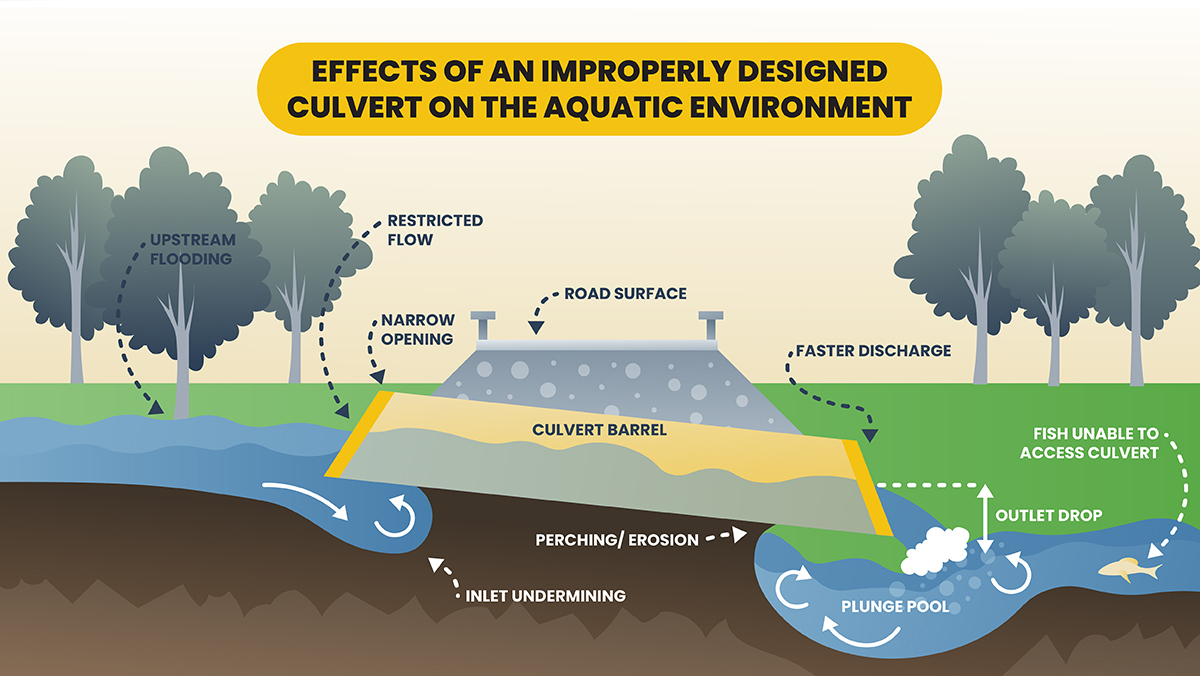
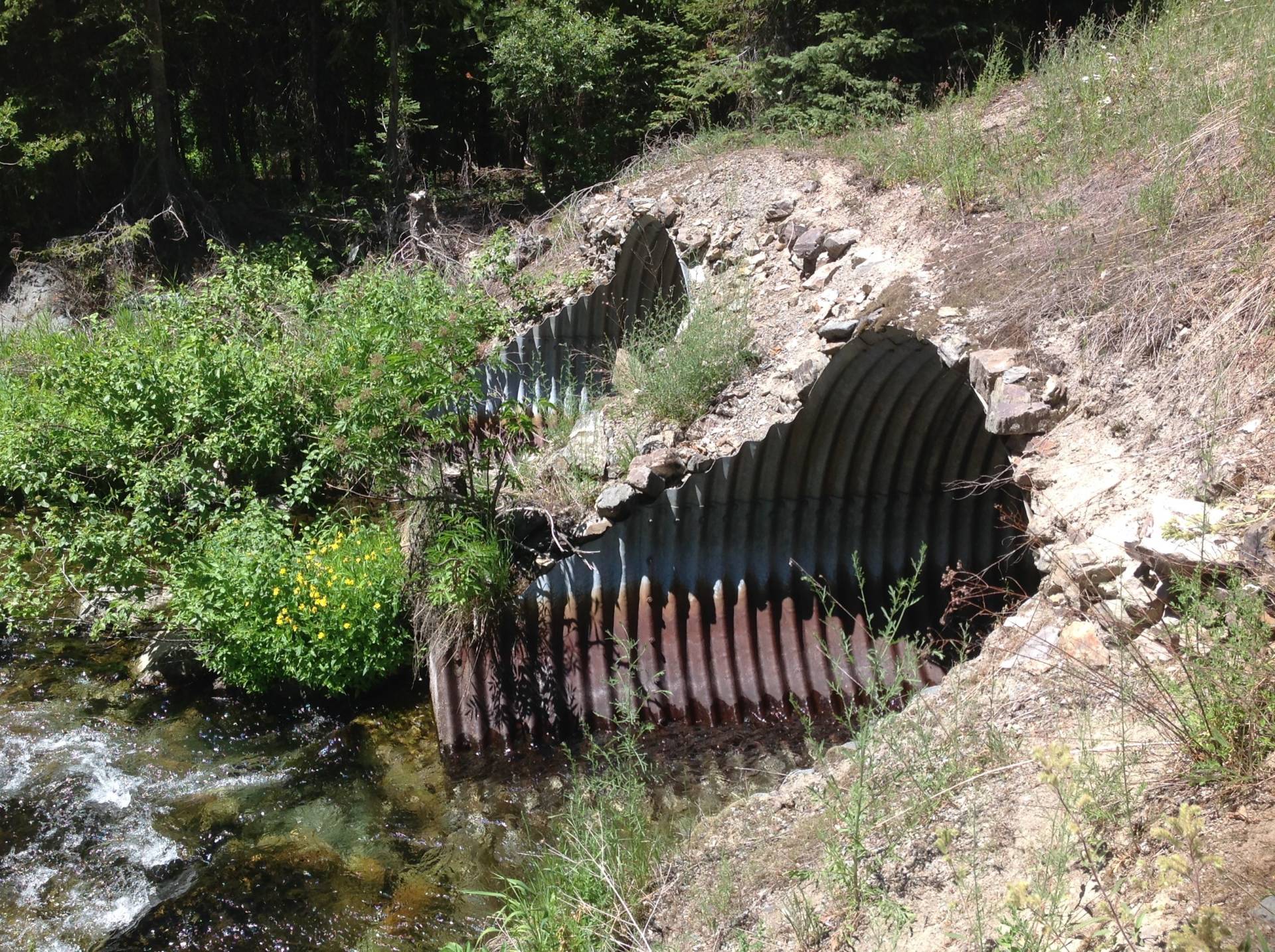

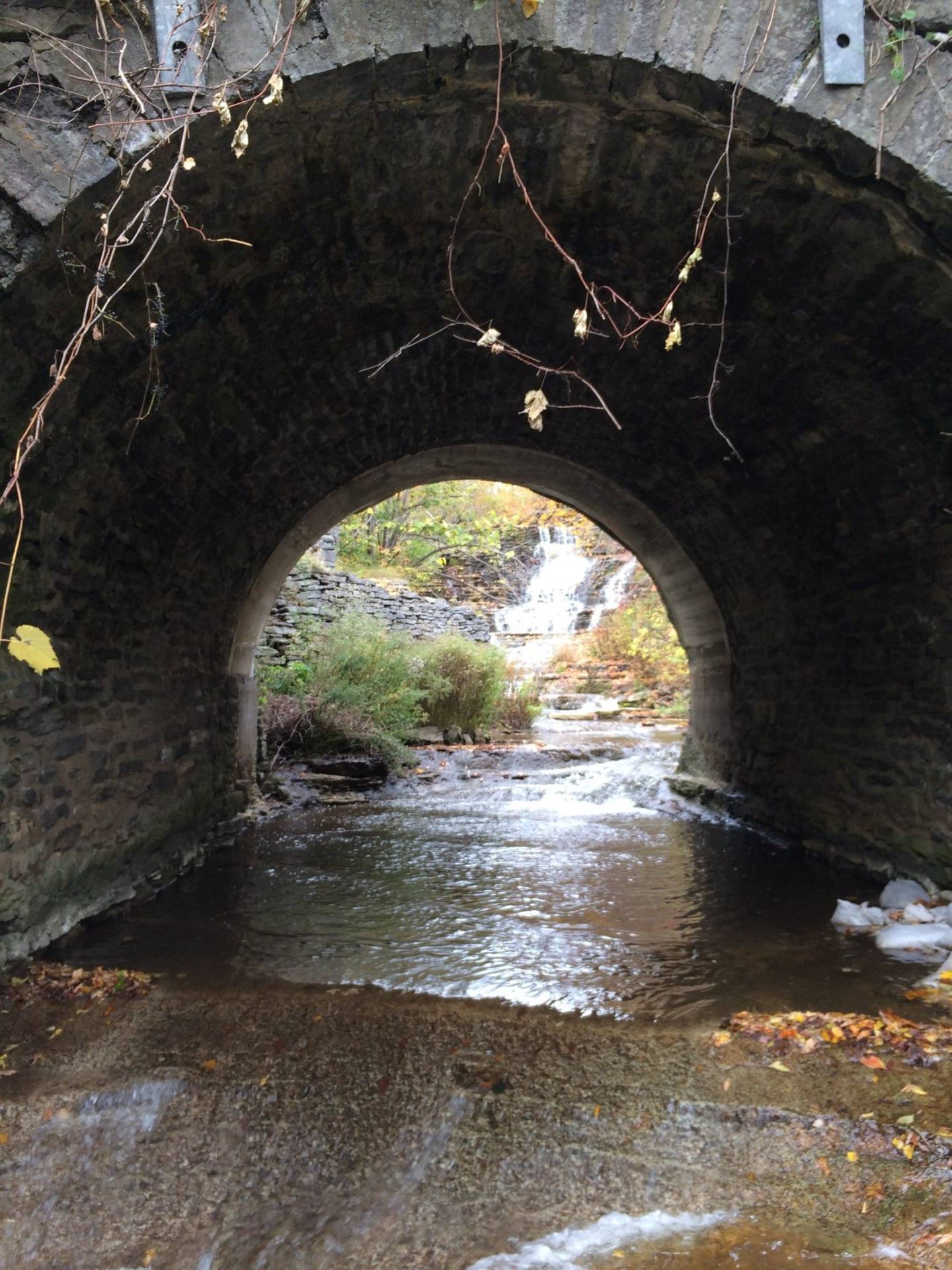
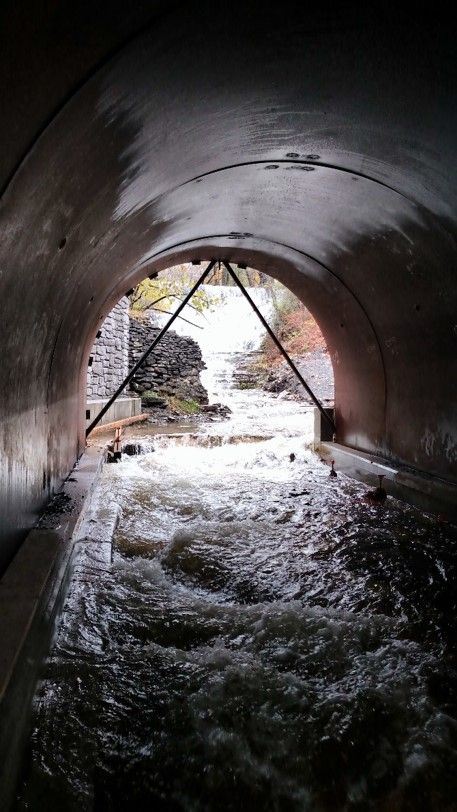


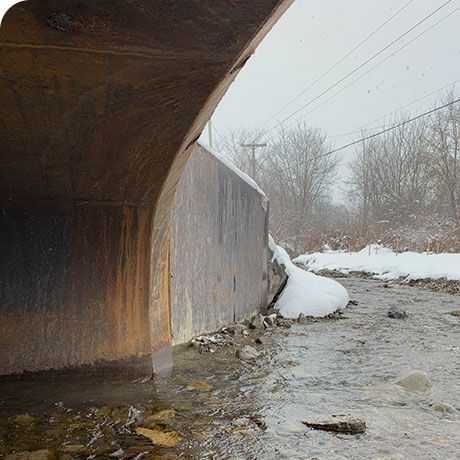

Leave A Reply